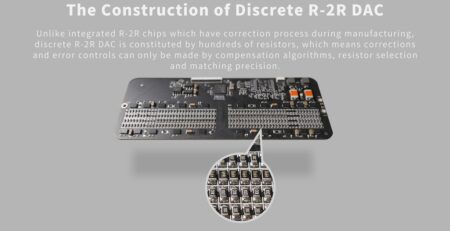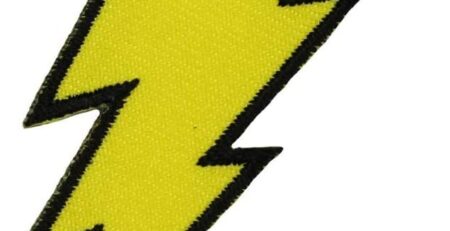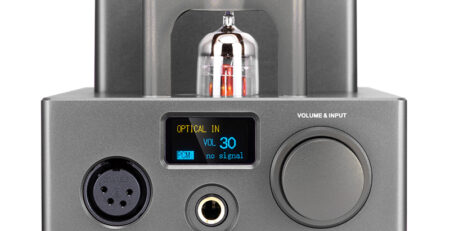Original OPA-Q2.1 All-in-one machine with high performance.
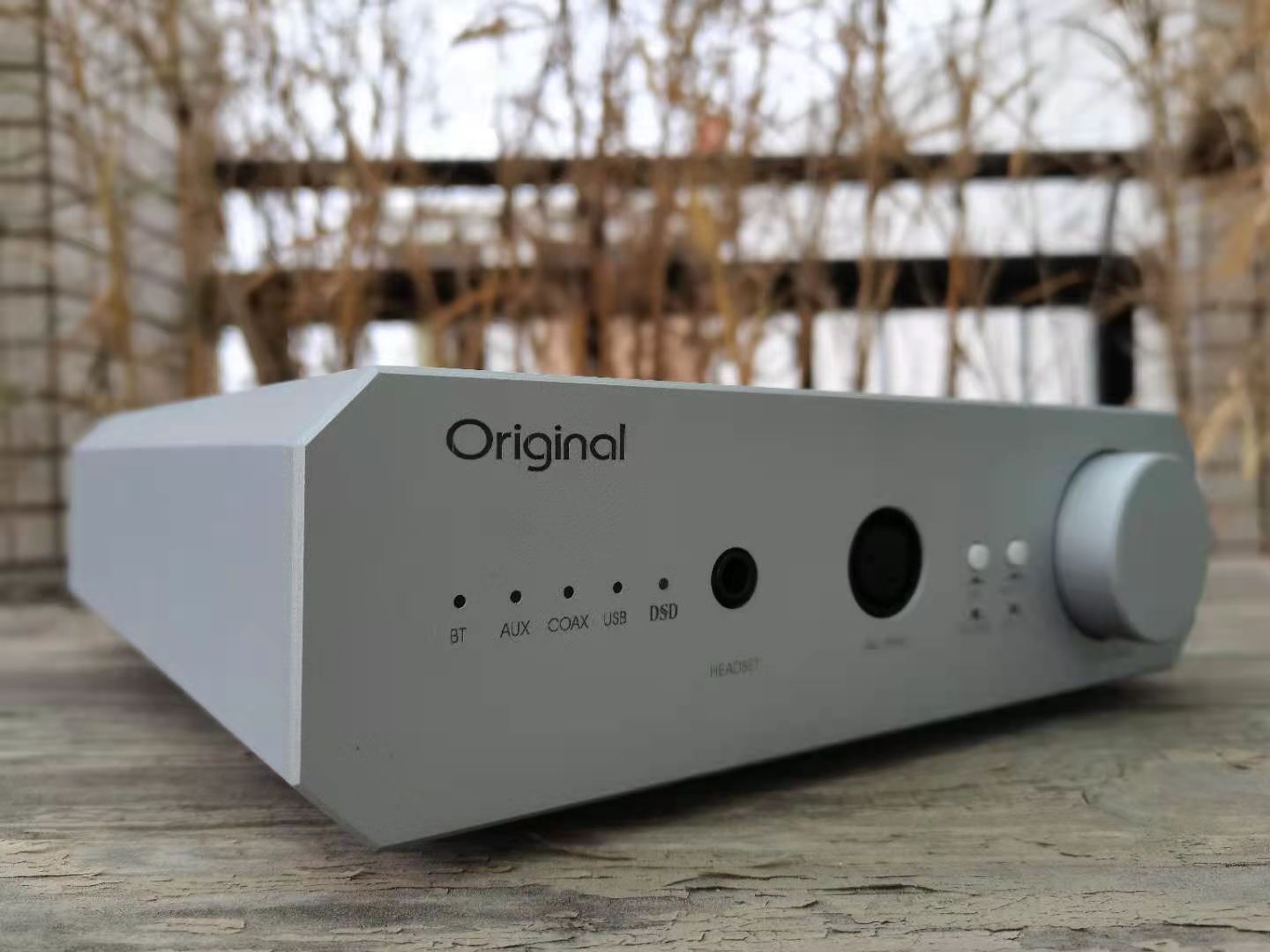
Original OPA-Q2.1
The first sentence of Luo Guanzhong’s “Romance of the Three Kingdoms” at the beginning: “Speaking of the general trend of the world, we must unite for a long time, and we must divide for a long time…” It is about the major events of the family and the country. In fact, many The same is true of things.
In the 1980s and 1990s, audiophiles popularized the so-called “combined audio”, a cabinet plus two large speakers of the same height, there are everything in the cabinet, the top is usually a vinyl record player, and then Radio head, deck, equalizer, power amplifier, there is also a lot of space underneath for users to place frequently-heard records. Usually this set will have a lot of colorful lights, which will flicker continuously during operation, which is very dazzling . This is “he”.
Later, the audiophiles were not satisfied with the sound of the “combined audio”, so they pursued another ultimate, split, which is “div”. Not only are all the machines independently produced, but also “mix and match” between different brands to show the personality of the owner. The manufacturer also followed suit, and then split the original machine. It turned out that only the rear stage had a mono configuration. Now it is a mono front and rear stage. Then the power supply part is independent, and a stereo combined machine becomes eight. . After the popularization of digital equipment, CD players were also divided into turntables, decoders, power supplies, and clocks, one for four. Then it increased the demand for a lot of wires, which was disturbing for a while. In this process, some people mix and match, and some people mix and match, and they all enjoy themselves. It is hard to buy “I like it” and “I like it”!
OPA-Q2.1 is a machine, but it integrates the functions of decoding, amp, pre-stage and post-stage. Just add a sound source and headphones or speakers to form a minimalist sound system . The price of a machine with so many functions is the same as its stature, not high. The standard version is priced at 2480, and the Bluetooth version is priced at 2860. This is for the student party who has to reach out to their parents and the young workers who are not well-off. Very friendly, even enthusiasts and music lovers who do not pursue the ultimate can also have an all-round machine with zero pressure and build a second system for their own different application scenarios.
Normal businesses will not do business at a loss, and the price is not high, which means that the cost must be controlled. I feel that compared to the “flagship” of various stockpiles, the design idea of Q2.1 is to pursue high configuration as far as possible under the premise of “enough”.
First of all, the all-aluminum chassis is not a combination of several profiles, but a whole piece of aviation aluminum is used for CNC precision machining, which is indispensable for maintaining the beautiful appearance and reducing the impact of the chassis by vibration. Also increased a lot of processing costs. Friends who have already got the machine can say that they highly agree with this shell, and its processing level is rare at the same price. The frosted surface is delicate and smooth, without any burrs. The four large chamfers make the metal shell a little less tough and a little more gentle. There is no sense of aggression when placed close up, praise!

Q2.1 front
On the front of the machine, on the left is a row of 5 indicator lights: BT (Bluetooth), AUX (analog RCA input), COAX (digital single-ended input) , USB, DSD. These lights are unobtrusive white LEDs and must be praised! Then there is a 6.35 headphone port and a 4-pin balanced headphone port. Further to the right are two buttons for balance/6.35 switch and power amplifier switch. There is a large knob on the right. When you turn it, you can adjust the volume. When you click it, you can switch the input. The knob feels good, and it has a progressive feel when rotating. In fact, this is a knob that can be rotated without limit. The volume will be in a fixed and relatively small position every time the power is turned on. You need to rotate several times to adjust the volume. Some people may not like this, but it is also good from the perspective of avoiding damage to hearing and speakers. One thing that must be complained here is that the knob is slightly shaken when it is used, and it lacks a little sense of damping and is not “stable” enough. Others, perfect!
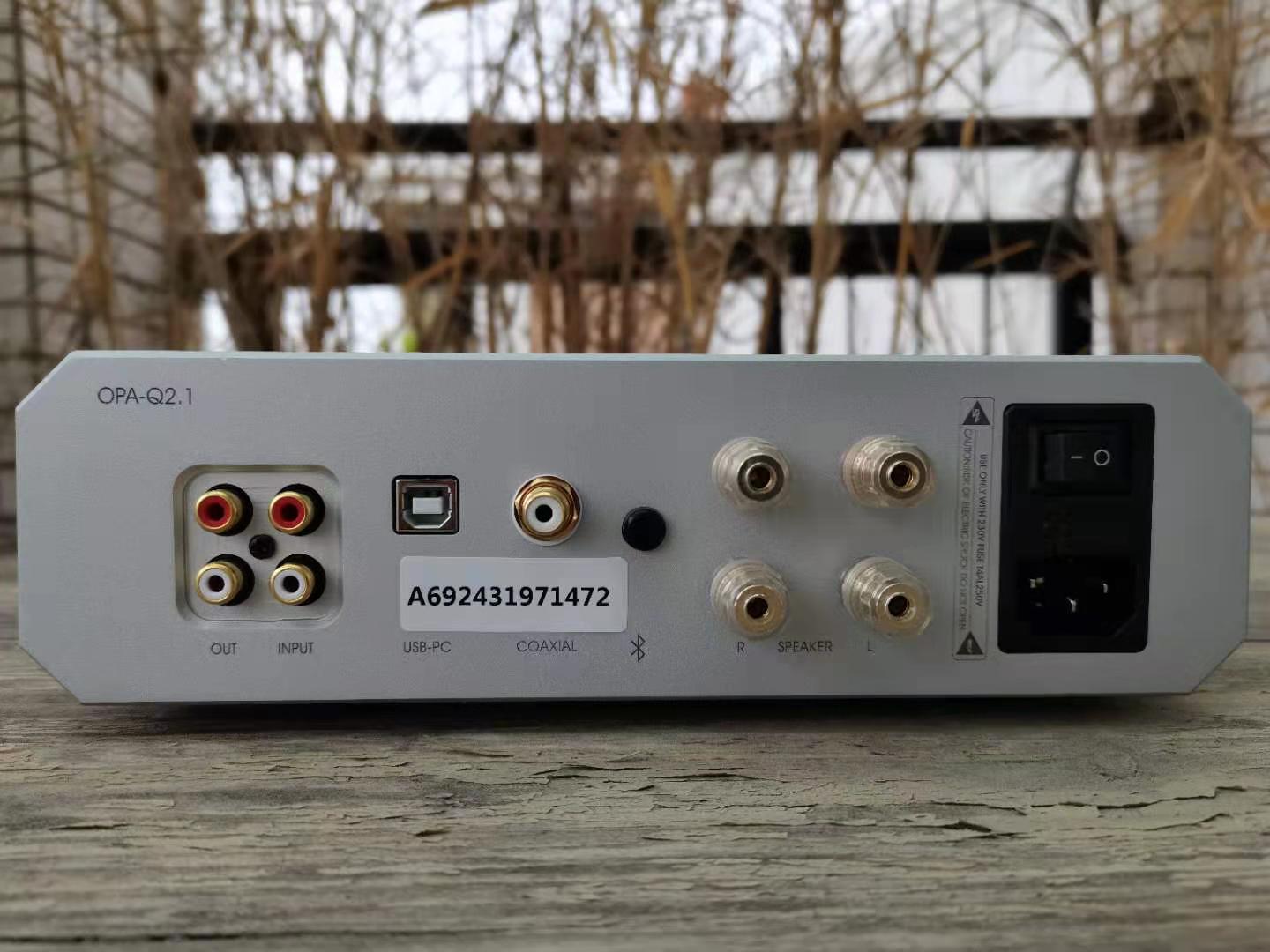
Q2.1 back
Rear panel. On the left is the front-end output, RCA analog input, these two sets of sockets are arranged relatively closely, and some fever signal lines with larger heads may be problematic. Coming over is the USB-B port, single-ended digital COAX input socket. In the middle is the Bluetooth antenna interface, the standard version here is a black screw, you can add money to install and upgrade to the Bluetooth version. It’s the speaker wire terminal. Although it occupies a lot of space, you should be careful not to short-circuit when using a Y-type plug. On the right is the power socket and switch. After the power switch is turned off, the machine is completely powered off and there is no standby. Therefore, to use its decoding part, it must be turned on at least ten minutes before the digital circuit part is warmed up, and the sound will be more stable.
Although external beauty is important, the connotation is the soul of a machine. Look at Q2.1 has put so much effort on the appearance, the cost should be a lot, what will happen inside?
The decoding chip used in Q2.1 is AK4490. Although it is not the latest and most powerful decoding chip, it will certainly not lag behind. This chip can transmit digital signals supporting PCM 32bit-384kHz and DSD256 via USB. This is completely sufficient when the current mainstream is still 24bit-96kHz and DSD64 digital audio sources.
Bluetooth receiver chip is the best choice for Bluetooth audio equipment. Qualcomm’s CSR8675 supports Bluetooth 5.0 protocol and supports almost all Bluetooth transmission standards including Aptx/Aptx-HD encoding. So theoretically It supports all Bluetooth playback devices, and the transmission rate has exceeded the CD specification of 16bit-44.1kHz.
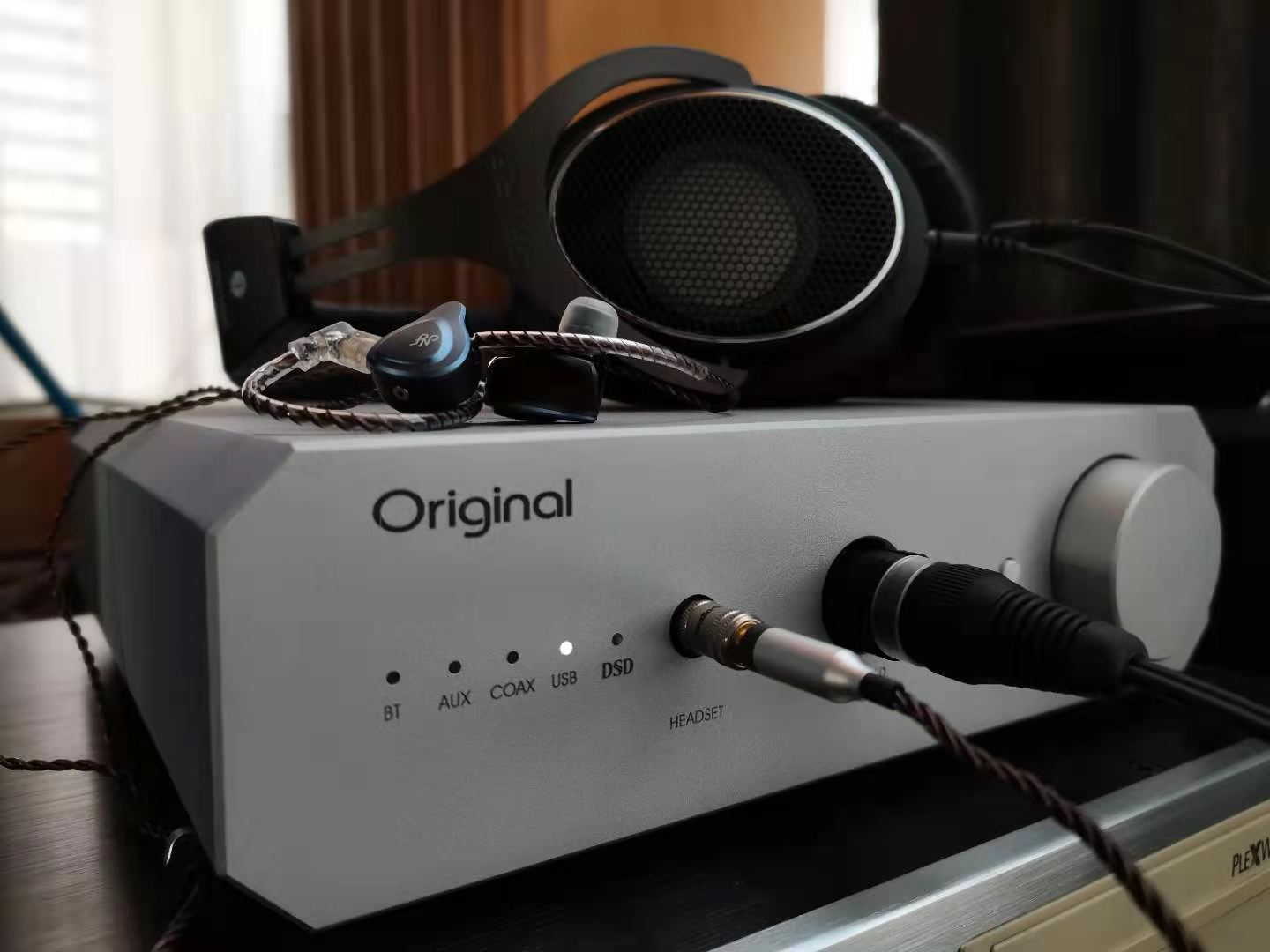
Most of the users who buy Q2.1 should use headphones, and even heavy users of headphones like me, the two headphone jacks are very important. Here, the 6.35 headphone port provides a driving force of 120mW@300Ω, and the 4-pin balanced port provides a driving force of 405mW@300Ω, which is sufficient for most headphones. According to the manufacturer, the amp adopts the transconducting current mode technology (what is it?), and uses all discrete components to build a truly balanced circuit. Judging from the photos, the two brass shields are still very attractive. At the 2020 Guangzhou Headphone Show, Q2.1’s performance in promoting T1 II is still remarkable, and now, Q2.1 is not difficult to promote my low-impedance Shure 1840. Usually I also like to plug the small ear plugs into Q2.1, such as Etymotic P4, Xielantu, Ning Fan NA1. With sufficient promotion, these little guys will perform better.
The output of Q2.1 rear stage is relatively small, only 40W@4Ω per channel. It shouldn’t be a problem to push some desktop small-caliber full-range speakers. If I want to move my two-way three-unit floor box… …Anyway, I don’t have a small box, and I won’t be able to challenge the N-level with a big box like this (a guy who can’t completely deal with Guzu A-38 pure armor, 40W? Forget it). Therefore, my Q2.1 power amplifier button is always off, so save some electricity bills.
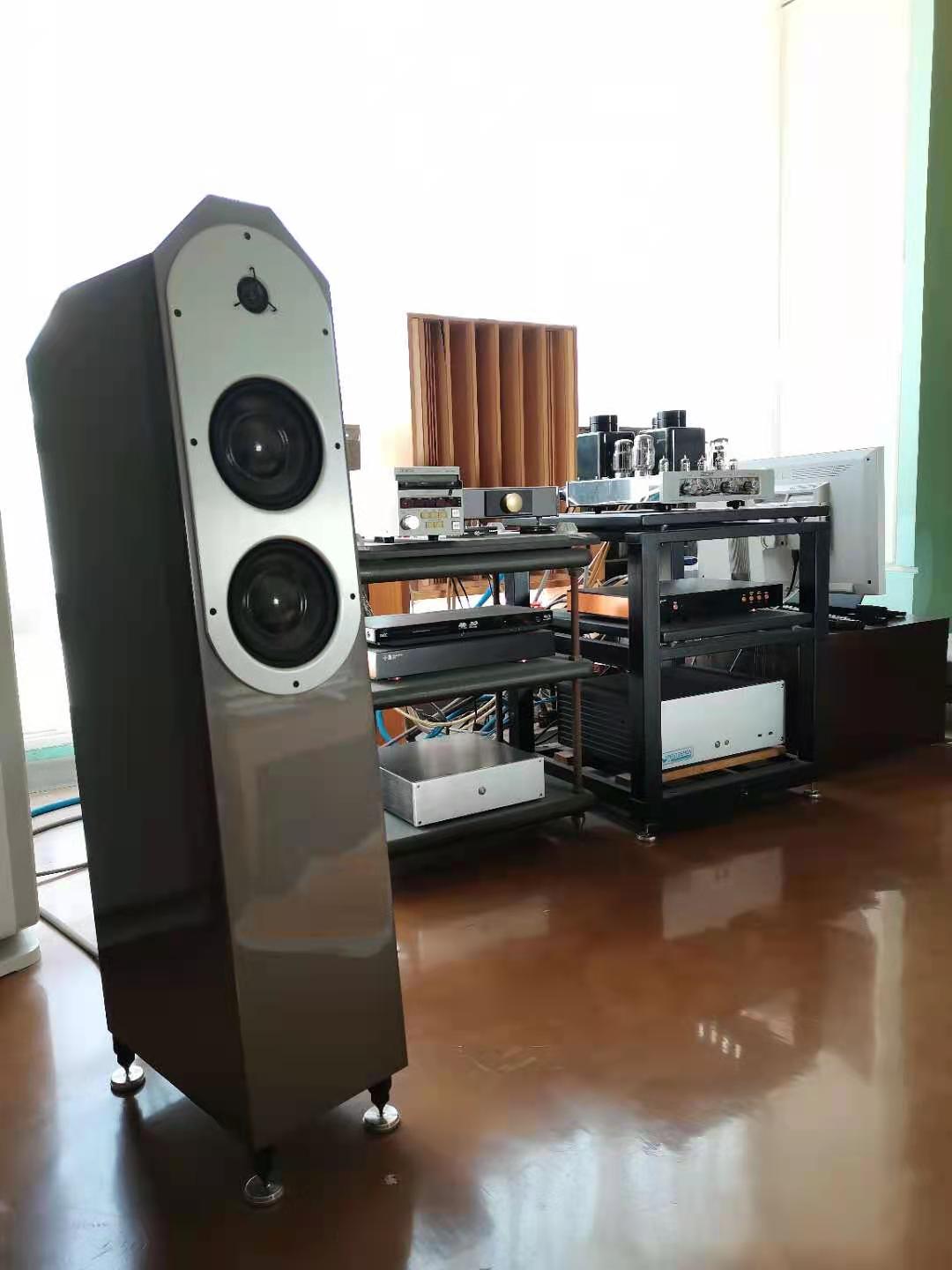
Regardless of the design of the machine, as an enthusiast, you will eventually receive the goods by ear. If the sound quality is not passed, no design can be said to be good.
The original designer has many years of experience in designing audio products. These experiences are applied to Q2.1, and the sound of the amp part is not low. Let me start with the conclusion: the Q2.1 amp has a balanced sound, and does not highlight certain frequencies to please the ears. Instead, the analog audio processing module makes the sound soft and loose while having a transparent background.
I output the signal from my other decoder to Q2.1 (when pure amp), Ning Fan earplugs NA1 that promotes the monitoring direction, listen to Longyuan’s new record “Jia Ming-Long in Japan”. The first song “I Want You” (is it very straightforward, haha), the huge double bass, petite ukulele and alto Garmin are actually quite balanced under the clever mixing of the sound engineer, the end of the sentence The ang tone has a large opening, full of the strong flavor of old Shanghai a century ago. In “Long Days Tomorrow”, the violin is beautified, and the clear playing of the guitar is fuller than the ukulele, and the whole is warm and cozy. Everything has a touch of modification on the basis of reality, not completely straightforward, and not overly beautified. It is a good balance between “truth” and “beauty”. This is really not easy.
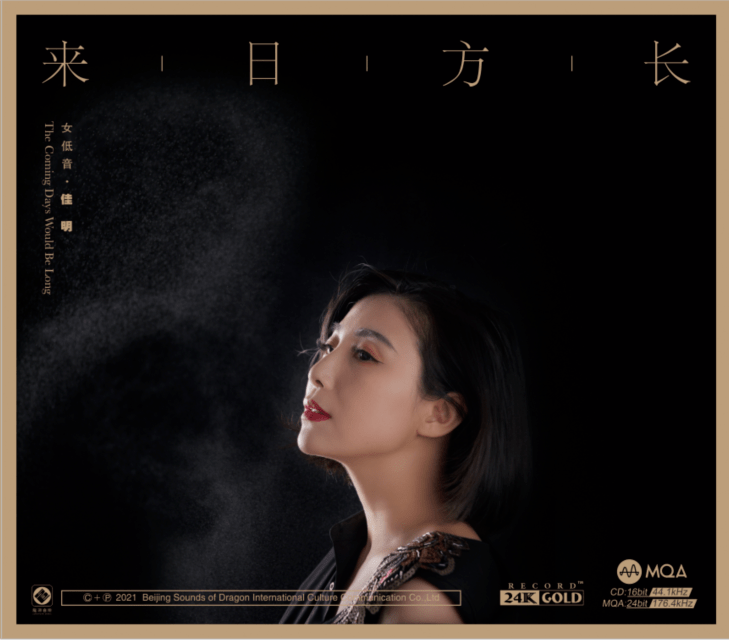
How about Q2.1’s own decoding? The conclusion is: satisfactory.
In order to maximize the decoding potential of Q2.1, I used Taiwan Tianle’s top sterling silver USB digital cable LOGOS. This is quite a luxury because this cable is better than Q2. 1 expensive! In the end, the sound effect proved that I was right. The Q2.1 blessed by LOGOS made a warm sound. There was no so-called “digital sound” at all. The soft and full sound made me very satisfied. British clarinet player Michael Collins will record in CHANDOS in 2020. Debussy’s “Moonlight” is full of details, and it retains the sound of woodwind instruments. Even in the high range, there is no dullness and no excitement. The sound field is also just right.
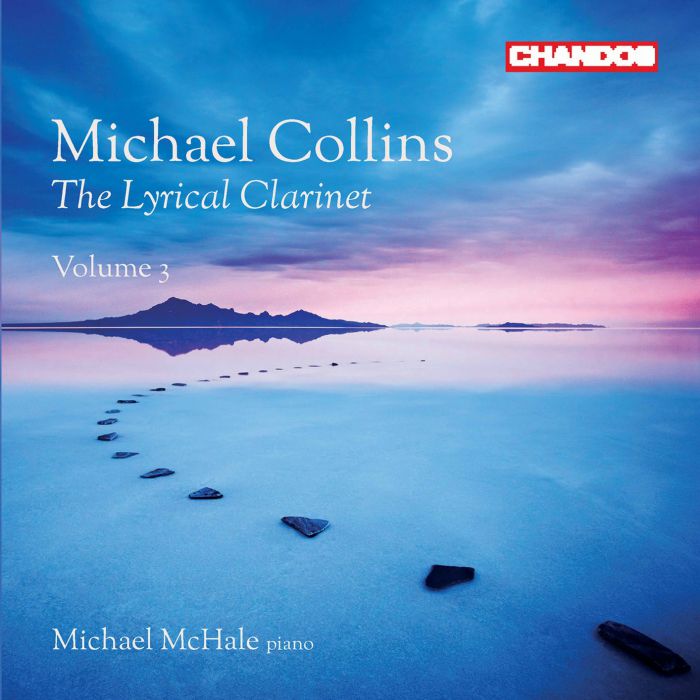
In 1989, Gibson and the London Philharmonic’s Tchaikovsky album included a “1812 Overture”, which is a relatively early work of digital recording, with a quiet background. What comes is the big dynamic, not only when the bells and cannons are ringing together before the end, but also the crisp percussion sound brought by the triangles in the band also tests the dynamic performance. Fortunately, Q2.1 with NA1 performance is still very good, both dynamic and static.
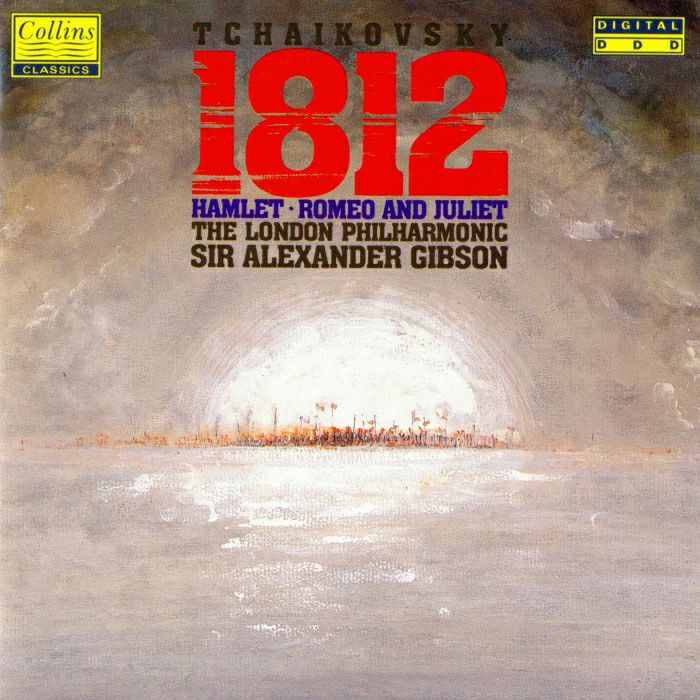
I also want to emphasize that Q2.1 has obvious changes when using different USB signal lines. Compared with a normal line, LOGOS has a clearer sound and more layers. Besides, it sounds louder. Yes, it is more-louder-louder. very interesting.

here For a while, I also used Shure 1840 big headphones, and in order to try the Q2.1 balance port, I cut an original wiring and transformed it into a 4-core balanced cable (the original 1840 is two 6.35 4-core cables). The big ears are more relaxed, but the amount of information heard directly is a little less than that of the ears. The balance (original wiring modification) is still more stable than 6.35 (Duran pure silver wire), and it is more suitable for large dynamic recording playback, such as “1812 Overture”. This is the benefit of the fully balanced design, and it can be seen that the balanced circuit of Q2.1 is still very powerful.
Summary: The original Q2.1 is a cost-effective machine with a balanced design in all aspects, because considering the cost of “enough” will not weaken its function and sound; it has warm, relaxed, Sound with enough information, the background is quite quiet, without any audible noise; the driving force is no problem for most headphones; for speakers, its power amplifier can only push the small full frequency, which is obvious for large speakers Not enough; and… let me think about it again.
Finally, I hope that if the damping of the knob can be better, and the front-end output has a balance port, you can stand by to keep the decoding part in a stable state… Well, this is even better. However, this time, will the price…

https://inf.news/en/digital/4352438dad0de3cd6e51b6dc3fe0e00b.html



